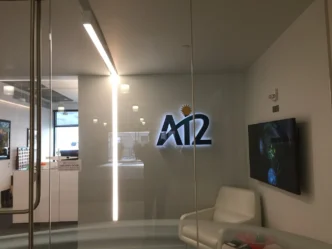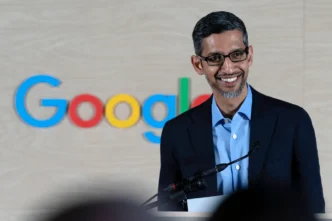Following the 55th Earth Day, Clarity AI has released new research that reveals a mixed picture of global corporate adoption of renewable energy. Using artificial intelligence, the firm analyzed data from 2020 to 2025 across MSCI ACWI-listed companies in the top ten nations for renewable power generation.
The results show clear progress in some regions and sectors—but a significant lag in others. Countries like Brazil, Spain, and the US are leading the shift, while China and carbon-heavy industries continue to trail behind.
Clarity AI’s data reveals Brazil has more than doubled its clean energy share, climbing from 19% in 2020 to 51% in 2024. Spain now boasts the highest overall share, with 60% of corporate energy consumption coming from renewables. The US also saw moderate growth, with clean energy usage among firms rising to 29%.
However, China, despite being the global leader in renewable investment, increased its corporate clean energy share by just 7% over the same period. This minimal growth is alarming given China’s massive industrial base and role in global emissions.
Sector Performance: Digital Leads, Heavy Industry Lags
Clarity AI’s AI-driven insights also reveal striking sector-based disparities. Industries already connected to the electricity grid—such as IT, communications, and financial services—are progressing fastest.
- Financial services jumped from 32% to 53% renewable energy use.
- IT and communications rose from 23% to 45%.
These gains highlight how grid compatibility and digital infrastructure ease the shift to clean energy.
By contrast, real estate, fossil fuels, aviation, and heavy industry—the so-called “hard-to-abate” sectors—are moving slowly.
- Real estate improved by just 7%, from 13% to 20%.
- Fossil fuel and materials sectors inched up from 12% to 18%.
These industries face major barriers, including outdated infrastructure and limited electrification options.
AI Helps Track, But Infrastructure Holds the Key
Clarity AI’s tools offer real-time insights into corporate sustainability by analyzing vast data sets. This helps pinpoint where progress is occurring and where action is lacking. Still, AI alone cannot bridge the energy transition gap.
Andrés Olivares, Senior Manager of Product Research and Innovation at Clarity AI, emphasizes that infrastructure remains the missing link. “These industries are structurally more challenging to decarbonise, yet are critical for achieving net zero emissions by 2050,” Olivares explains. “They account for 75% of global emissions.”
Without major investment in energy infrastructure and electrification technologies, the transition will remain incomplete. Clarity AI points to efforts like the European Union’s proposed Grids Plan, but notes that gaps persist.
Currently, electricity only accounts for one-third of industrial energy use in Europe—and just 20% in the US. These figures underline the challenge of building the physical systems needed to support clean energy at scale.
Olivares concludes that while AI plays a vital role in sustainability strategies—by making hidden data visible and driving evidence-based decisions—it can’t replace the infrastructure needed to power energy-intensive industries. “Generating clean energy isn’t enough,” he says. “We need the systems to use it efficiently—especially where emissions are highest. Powering the Earth differently must go hand-in-hand with building it to run differently.”













